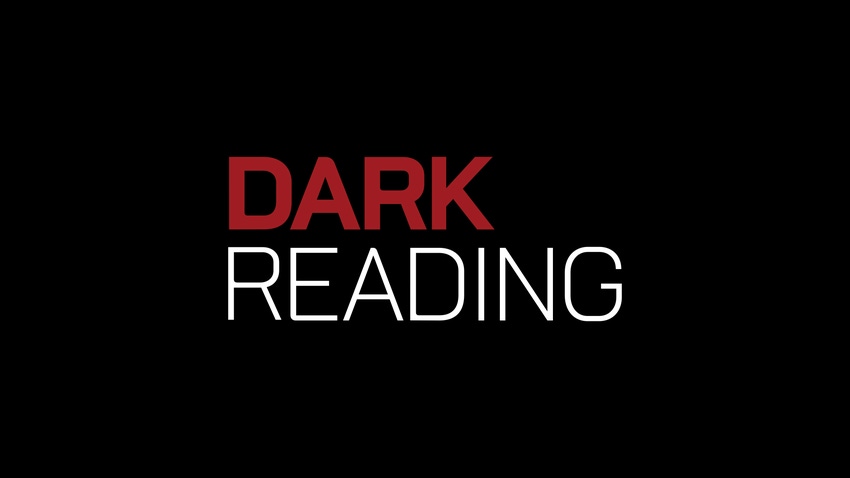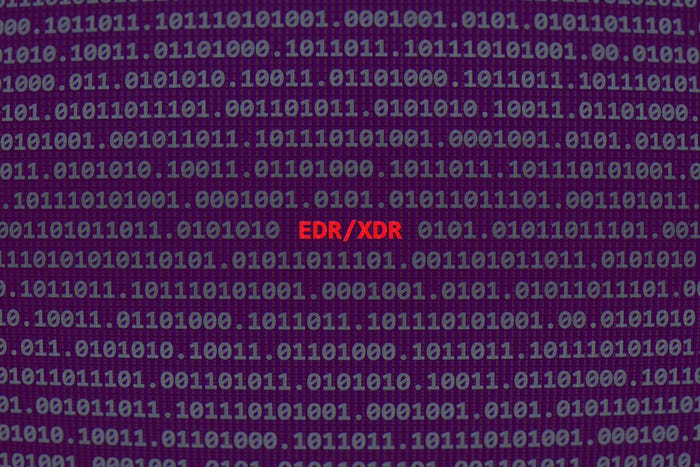I've always had a pick with the trite and hackneyed marketing hype among IT security vendors who repeated the "insiders conduct the most attacks," or "Insiders are the greatest risk." This most recent arrest stokes the debate that was rekindled with the recent release of Verizon Business' 2009 Data Breach Investigations Report.
April 28, 2009

I've always had a pick with the trite and hackneyed marketing hype among IT security vendors who repeated the "insiders conduct the most attacks," or "Insiders are the greatest risk." This most recent arrest stokes the debate that was rekindled with the recent release of Verizon Business' 2009 Data Breach Investigations Report.In this case, a former worker at the Federal Reserve Bank of New York, along with his brother, were nailed by Federal authorities for allegedly scamming loans with pilfered identities. According to this announcement [PDF] from the U.S. Attorney, Southern District of New York, the suspect was an IT analyst at the bank with access to names, dates-of-birth, and Social Security numbers. Investigators claim to have found a thumb drive with loan applications totaling $73,000 based on stolen identities.
But do cases like this mean the insider is the biggest threat? No, it doesn't. It just means that, in many cases, it may make it easier for insiders to access information because they know where it is, and how it's protected. But as colleague Mike Fratto pointed out in an earlier post, based on Verizon's Data Breach report:
"74% of the attacks were from external sources and accounted for 266,788,000 records; 32% from partners accounting for 1,509,000 records; a paltry 20% from insiders accounting for 1,330,000 records; and 39% were from multiple sources accounting for 15,796,000 lost records. On a per breach basis, insiders were responsible on average for more records lost per breach, 100,000, while external sources accounted for a median 37,847, and partners 27,000. Which poses a bigger threat? The most active group, external sources, or the more effective group, internal sources? It doesn't much matter, does it? What this tells me is that information security programs need to focus on protecting information."
Fratto is exactly right. It doesn't (shouldn't) matter where the threat is coming from. Classify your data. Put the proper security controls in place: encryption, access control, monitoring the movement of data, and everything else that goes with a solid security program -- and you're doing what needs to be done to protect your intellectual property, and the safety of your customers.
IT security revolves around protecting the data: whether your adversary is sitting in the cube next to you, or in Kazakhstan.
Follow my security observations on Twitter.
About the Author(s)
You May Also Like
Beyond Spam Filters and Firewalls: Preventing Business Email Compromises in the Modern Enterprise
April 30, 2024Key Findings from the State of AppSec Report 2024
May 7, 2024Is AI Identifying Threats to Your Network?
May 14, 2024Where and Why Threat Intelligence Makes Sense for Your Enterprise Security Strategy
May 15, 2024Safeguarding Political Campaigns: Defending Against Mass Phishing Attacks
May 16, 2024
Black Hat USA - August 3-8 - Learn More
August 3, 2024Cybersecurity's Hottest New Technologies: What You Need To Know
March 21, 2024




